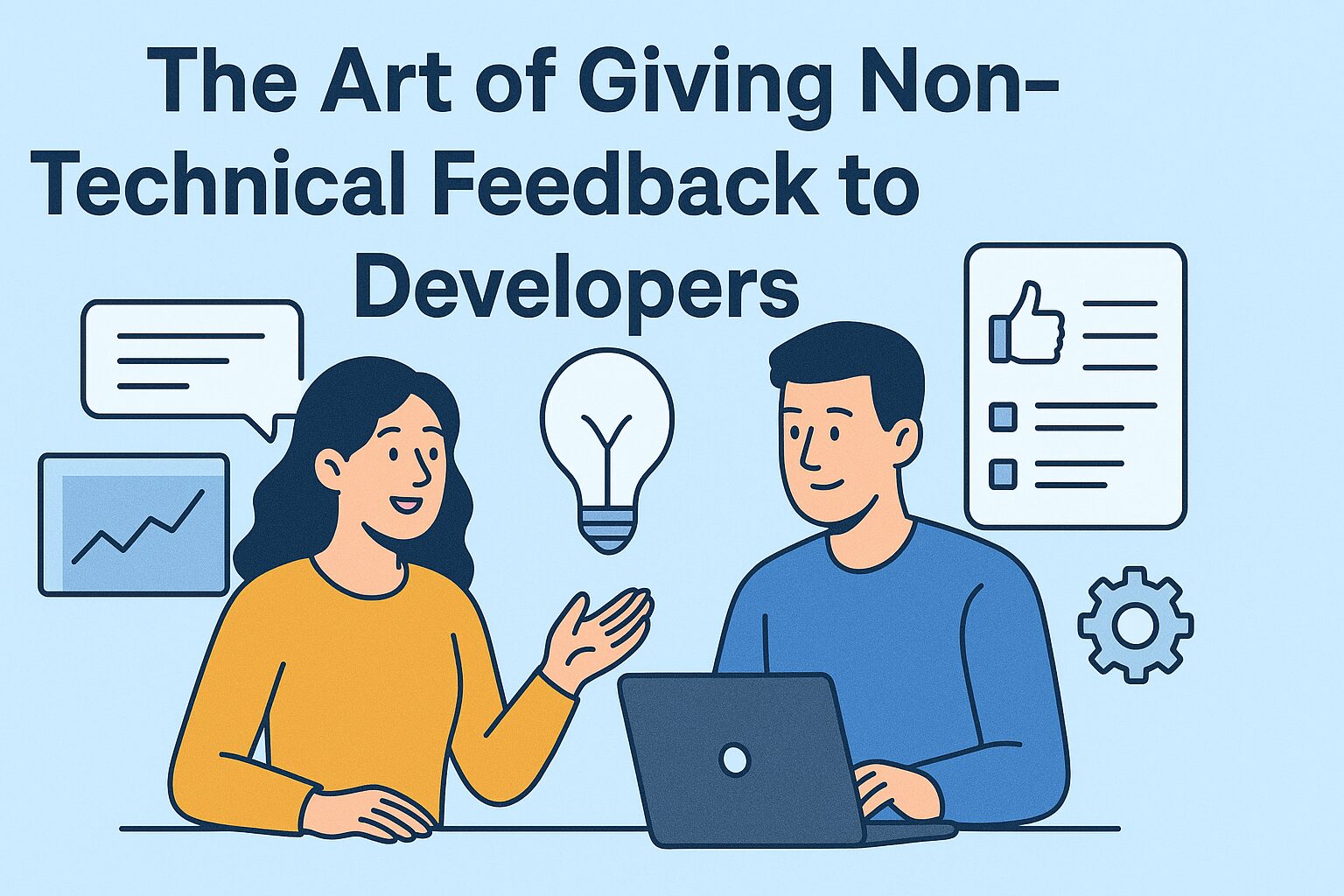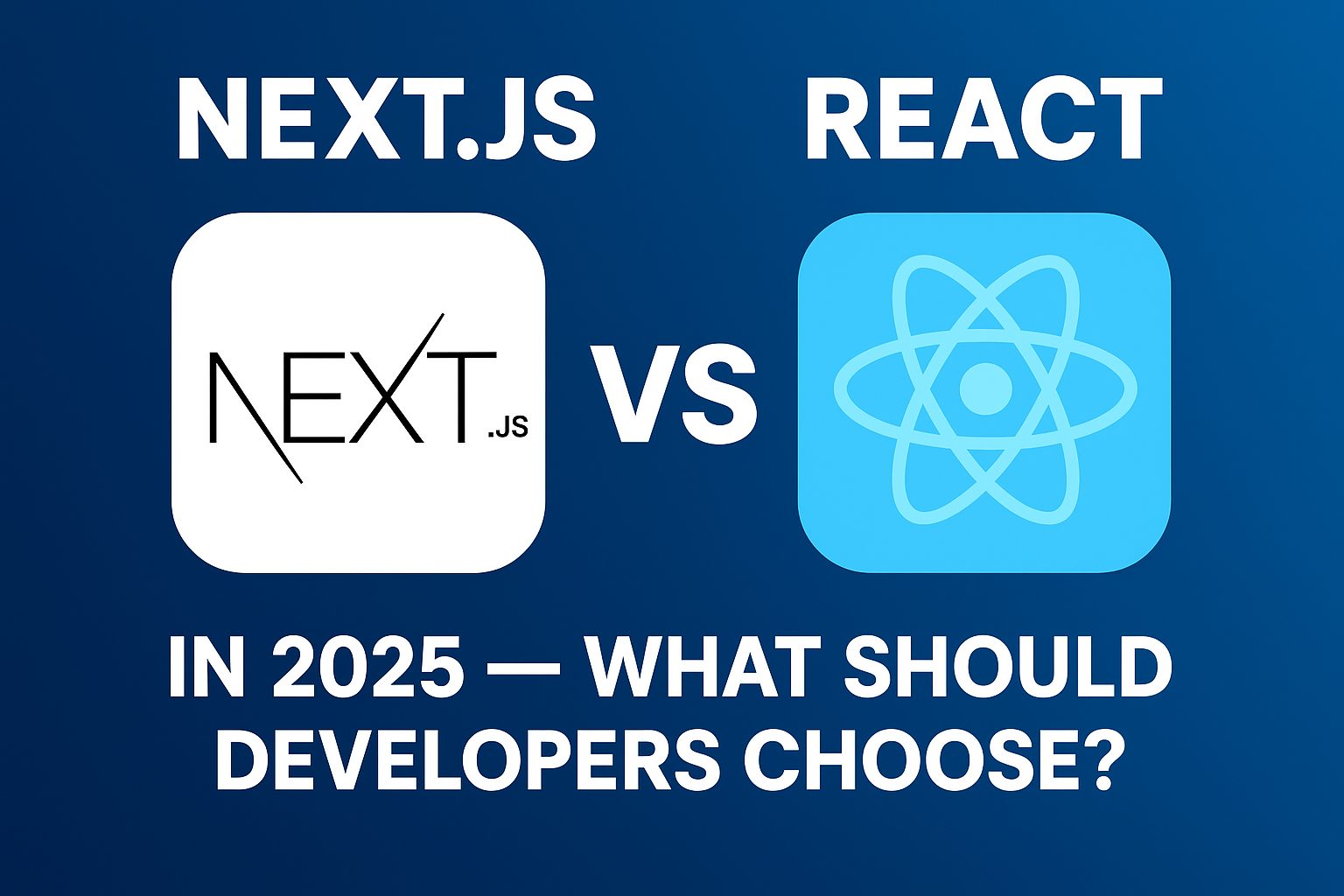In today’s workplace, collaboration between technical and non-technical professionals is essential. Developers often work alongside managers, marketers, designers, and business stakeholders who may not have a deep understanding of coding or technical concepts. Yet, these stakeholders still need to provide feedback that ensures the final product aligns with business goals, user needs, and project timelines.
The challenge arises when non-technical feedback becomes unclear, vague, or misaligned with technical realities. Miscommunication can lead to frustration, delays, and missed opportunities. The good news is that giving non-technical feedback to developers doesn’t require coding knowledge—it requires clarity, empathy, and structure.
This article explores the art of giving meaningful, non-technical feedback to developers that strengthens collaboration and drives better results.
Why Non-Technical Feedback Matters
Feedback is not just about spotting flaws—it’s about helping developers align their work with business objectives. Non-technical team members bring a unique perspective, often closer to customer expectations and business needs. When shared effectively, this perspective helps developers:
- Understand how their work impacts the end user.
- Prioritize features that drive business value.
- Spot usability or accessibility issues early.
- Bridge the gap between product vision and technical execution.
Without clear non-technical feedback, developers may end up delivering technically sound solutions that miss the mark for the business or users.
Common Mistakes in Giving Feedback
Before diving into solutions, let’s highlight some common pitfalls:
- Being too vague
Saying “this doesn’t look good” or “make it better” doesn’t give developers actionable direction. - Using jargon incorrectly
Non-technical team members sometimes misuse technical terms, leading to confusion. - Focusing only on problems, not outcomes
Pointing out issues without explaining the desired result leaves developers guessing. - Overloading with feedback at once
Dumping a long list of changes without prioritization can overwhelm the team.
Recognizing these mistakes is the first step toward giving feedback that is constructive and productive.
Strategies for Giving Effective Non-Technical Feedback
1. Focus on the User’s Perspective
Instead of commenting on the code or technical implementation, frame your feedback around the user experience. For example:
- Instead of: “Can you change the layout grid?”
- Try: “It’s hard to read the content on mobile. Can we make the text more user-friendly?”
This helps developers understand why a change matters, not just what to change.
2. Be Specific and Actionable
Developers appreciate clarity. Instead of vague statements, give examples of what’s wrong and what you’d like to see.
- Vague: “The button doesn’t stand out.”
- Specific: “The ‘Buy Now’ button blends into the background. Can we make it a brighter color so it’s easier to spot?”
The more concrete your feedback, the easier it is for developers to act on it.
3. Prioritize Your Feedback
Not all feedback has equal weight. Distinguish between “must-have” changes and “nice-to-have” improvements. This avoids overwhelming developers and ensures business-critical items come first. A simple framework is:
- Critical: Blocks the user from completing a key task.
- Important: Improves usability or alignment with goals.
- Optional: Enhances design or experience but not essential.
4. Use Visual Aids
Sometimes words aren’t enough. Screenshots, screen recordings, or annotated mockups make feedback clearer. Tools like Loom, Figma comments, or even simple image markups can help developers visualize the issue quickly.
5. Separate Personal Preference from Business Need
It’s easy to let personal taste influence feedback. Instead of saying “I don’t like this color,” frame it in terms of business or user needs:
- “This color doesn’t match our brand guidelines.”
- “Users may find this contrast difficult to read.”
This keeps feedback professional and goal-oriented.
6. Ask Questions Instead of Making Assumptions
You don’t need to know the technical details to ask insightful questions. For example:
- “Would this design slow down loading speed?”
- “Is there a simpler way to achieve the same result?”
Questions encourage dialogue and help avoid unrealistic requests.
7. Give Feedback in Real-Time (When Possible)
Waiting until the end of a project to provide feedback often leads to rework. Instead, provide feedback during the development process through regular check-ins, demos, or sprint reviews. This saves time and frustration for everyone.
8. Show Appreciation Alongside Criticism
Feedback should not only highlight issues but also acknowledge what’s working well. Recognizing developers’ effort builds trust and motivates them to continue delivering quality results.
For example:
- “The navigation feels much smoother now. Great job on that! Could we apply a similar approach to the checkout flow?”
Benefits of Giving Better Non-Technical Feedback
When non-technical professionals master the art of giving feedback, the entire team benefits:
- Faster development cycles with fewer revisions.
- Improved product quality through alignment with user needs.
- Stronger collaboration between business and technical teams.
- Greater trust as developers feel respected and understood.
Ultimately, clear feedback saves time, reduces frustration, and leads to better outcomes for both the team and the end user.
Final Thoughts
Giving non-technical feedback to developers is not about knowing how to code—it’s about knowing how to communicate. By being clear, specific, user-focused, and empathetic, non-technical stakeholders can provide feedback that guides developers in the right direction without causing confusion or conflict.
The art lies in balancing constructive critique with encouragement, asking questions instead of making assumptions, and always keeping the end user in mind. Master these principles, and you’ll create a healthier, more collaborative relationship with your development team—one that drives both innovation and business success.







